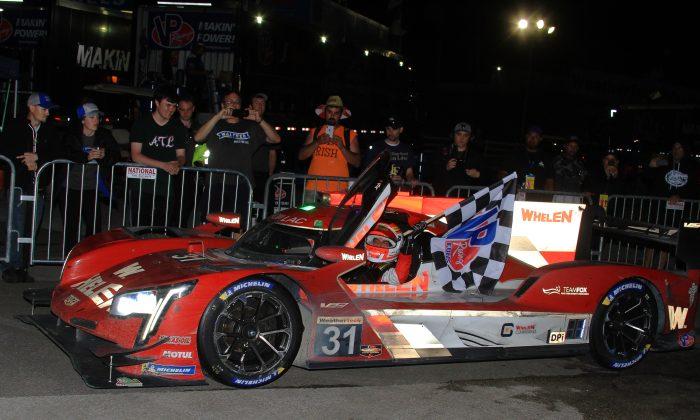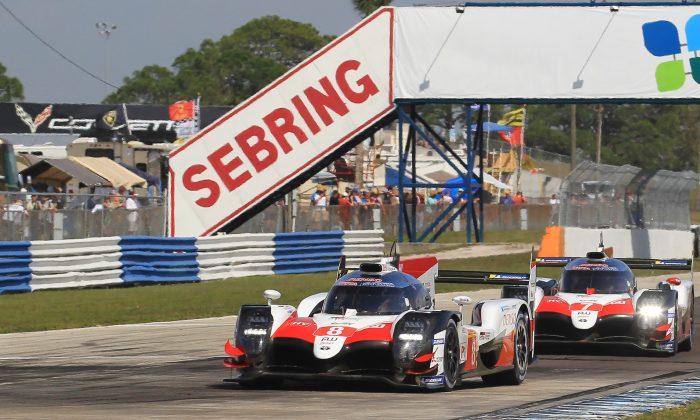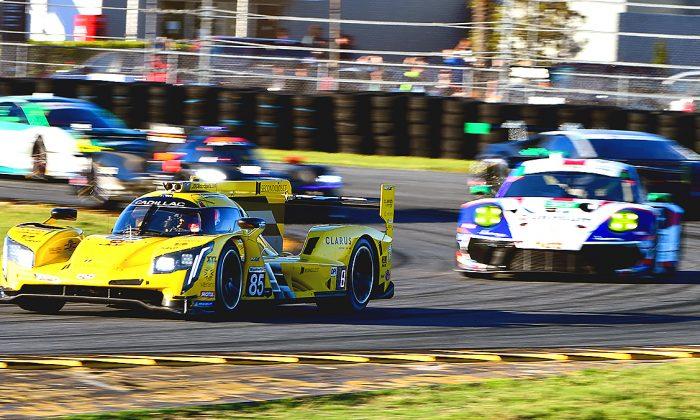IndyCar fans finally get to see what they have waited for since 2012: the first official images of IndyCar’s first aero kit, produced by Chevrolet.
When then-IndyCar CEO Randy Bernard introduced the current generation of IndyCar, the Dallara DW12, he simultaneously introduced a brand-new concept: the aero kit, customized body add-ons developed by each engine manufacturer to create visual and performance differences between brands.
Repeatedly delayed, aero kits are finally making their debut in 2015, and Cheverolet is first to reveal its array of winglets, lumps, and vanes designed to increase downforce and improve airflow to make the current cars faster without raising power, which would impact engine reliability and raise cost.
The two engine manufacturers, Chevrolet and Honda, were allowed to modify certain areas of the chassis, including the rear with, front- and rear-wing endplates, engine cover, rear bumpers, and the sidepods. The Chevrolet package is composed of 123 individual pieces.

Chevy and Honda will be able to modify potions of their kits a few times a year, and teams will be able to use some or all of the added pieces to tune the cars to suit specific tracks and specific drivers.
Hard figures have not been released, but the new kits are rumored to increase downforce by about 500 pounds without increasing drag. This should lead to cars cornering faster and carrying higher speeds onto the start of straightaways, without lowering top speed at the end of the straights.
Fans won’t know exactly how well the aero kits work until the first public test on March 16–17 at Barber Motorsports Park in Alabama. Honda is expected to reveal its kit shortly before that test.
The 2105 IndyCar season kicks off with the Firestone Grand Prix of St. Petersburg at St. Petersburg, Fla. on March 29. Tickets are available through the Grand Prix of St. Petersburg website.






